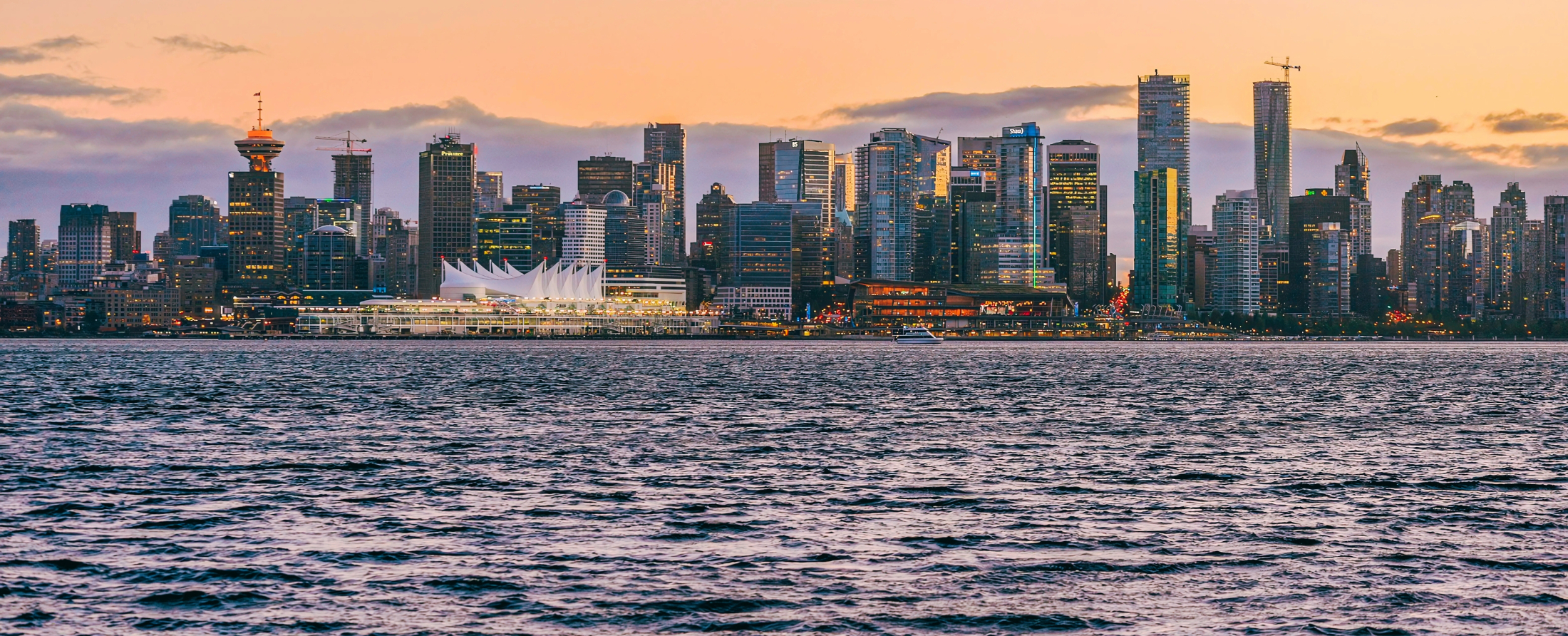A 40-minute ferry ride from Vancouver, British Columbia's Sunshine Coast offers more than simply picturesque scenery; it offers a radical rethinking of what it means to be "wealthy." With a population of 32,170 and spanning the towns of Sechelt, Gibsons, Roberts Creek, Halfmoon Bay, Pender Harbour, and Egmont, this area epitomizes what I refer to as the Geographical Proximity Paradox: metropolitan accessibility combined with rural peace and quiet. This is the solution to the worldwide housing crisis's speculative fever.
A small 1,200-square-foot property in Sechelt is valued for its closeness to kayak launches, old-growth paths, and starry skies rather than its square footage. The true worth of waterfront properties is sufficiency, even though they do rise in value.
Take the Halfmoon Bay retiree who sold her condo in Vancouver for a cedar-clad cottage. She now volunteers at the Roberts Creek Farmers' Market in the afternoons, spends her evenings watching otters play from her porch, and beachcombs with her grandchildren in the mornings. Her "portfolio" consists of things that no hedge fund can match, such neighborly potlucks and tidal cycles.
Because of the Sunshine Coast's exceptional balance, this counter-narrative flourishes. Urban tension and beach tranquility are separated by the 40-minute ferry voyage from Vancouver, which serves as a psychological airlock. In Egmont, remote workers report being more productive not because of their surroundings but because of them—their "commute" may include a walk along the shore where there are more eagles than humans.
The thing to learn? Here, being wealthy means having access to untapped abundance rather than acquiring real estate. Sunshine Coast residents are in the top 10% of the country for life happiness, according to a 2023 UBC study, even though their average income is 15% less than the provincial average. The economics of sufficiency appear to be invaluable.











